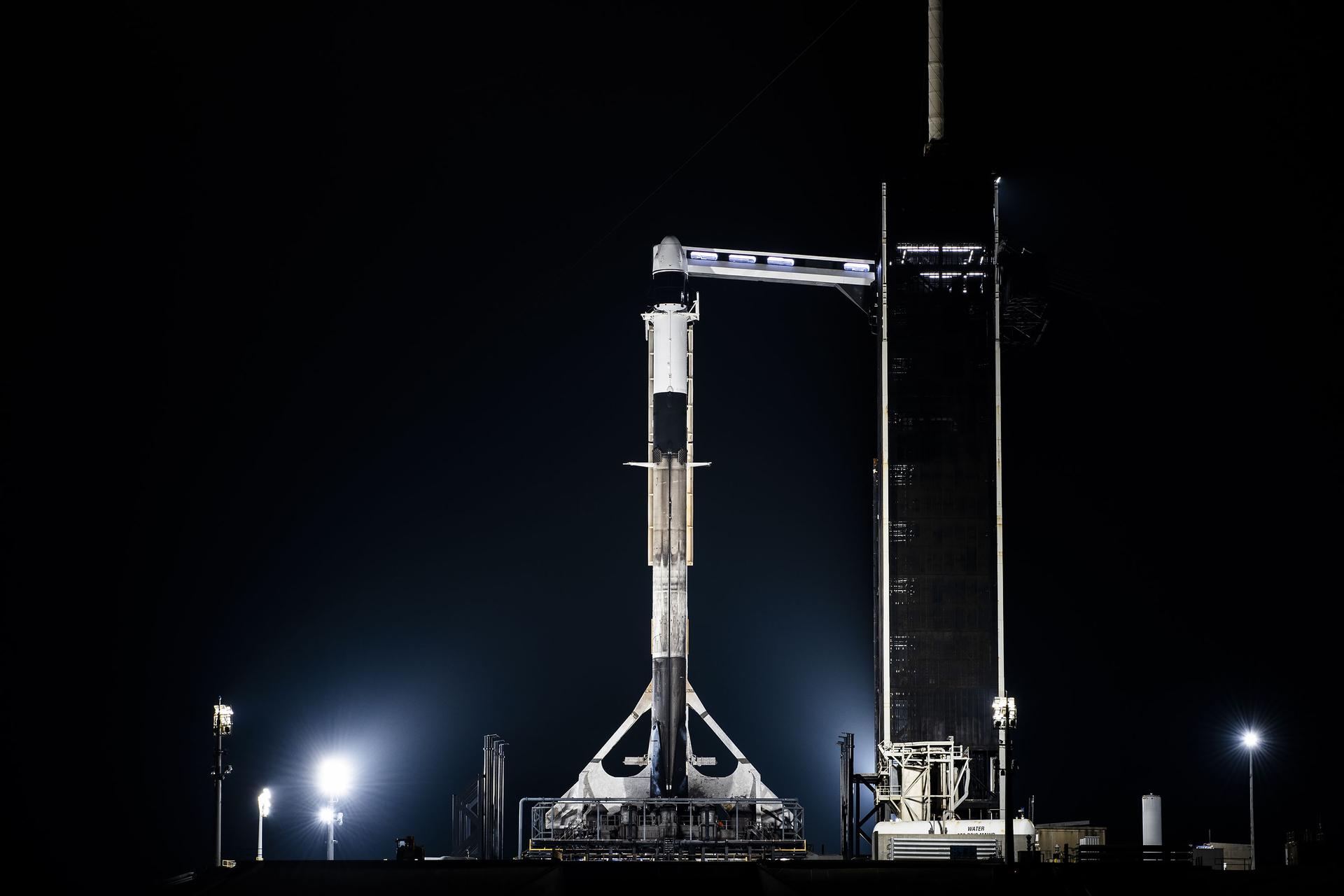Editor’s note: This advisory was updated Feb. 28, 2024, to reflect a change in the launch location for NASA’s SpaceX CRS-30 mission.
Editor’s note: This advisory was updated Feb. 14, 2024, to remove and add new information about the NASA and partner science flying aboard the SpaceX Dragon cargo spacecraft.
Media accreditation is open at NASA’s Kennedy Space Center in Florida for SpaceX’s 30th Commercial Resupply Services (CRS-30) mission to the International Space Station for the agency.
Liftoff of the SpaceX Dragon cargo spacecraft on the company’s Falcon 9 rocket is targeted no earlier than mid-March from Space Launch Complex 40 at Cape Canaveral Space Force Station in Florida.
Media prelaunch and launch activities will take place at NASA Kennedy. Attendance for this launch is open to U.S. citizens. The application deadline for U.S. media is 11:59 p.m. EST Tuesday, Feb. 27.
All accreditation requests should be submitted online at:
Credentialed media will receive a confirmation email upon approval. NASA’s media accreditation policy is online. For questions about accreditation, or to request special logistical needs, please email ksc-media-accreditat@mail.nasa.gov. For other questions, please contact Kennedy’s newsroom at: 321-867-2468.
Para obtener información sobre cobertura en español en el Centro Espacial Kennedy o si desea solicitor entrevistas en español, comuníquese con Antonia Jaramillo o Messod Bendayan a: antonia.jaramillobotero@nasa.gov o messod.c.bendayan@nasa.gov.
SpaceX’s Dragon will deliver new science investigations, food, supplies, and equipment to the international crew. NASA and partner research flying aboard the CRS-30 mission includes a look at plant metabolism in space and a set of new sensors for free-flying Astrobee robots to provide 3D mapping capabilities. Other studies include a fluid physics study that could benefit solar cell technology and a university project from CSA (Canadian Space Agency) that will monitor sea ice and ocean conditions.
Commercial resupply by U.S. companies significantly increases NASA’s ability to conduct more investigations aboard the orbiting laboratory. These investigations lead to new technologies, medical treatments, and products that improve life on Earth. Other U.S. government agencies, private industry, and academic and research institutions can also conduct microgravity research through the agency’s partnership with the International Space Station National Laboratory.
Humans have occupied the space station continuously since November 2000. In that time, 276 people and a variety of international and commercial spacecraft have visited the orbital outpost. It remains the springboard to NASA’s next great leap in exploration, including future missions to the Moon under Artemis, and ultimately, human exploration of Mars.
For more information about commercial resupply missions, visit:
https://www.nasa.gov/commercialresupply
-end-
Josh Finch / Claire O’Shea
Headquarters, Washington
202-358-1100
joshua.a.finch@nasa.gov / claire.a.o’shea@nasa.gov
Stephanie Plucinsky / Steven Siceloff
Kennedy Space Center, Florida
321-876-2468
stephanie.n.plucinsky@nasa.gov / steven.p.siceloff@nasa.gov
Sandra Jones
Johnson Space Center, Houston
281-483-5111
sandra.p.jones@nasa.gov





























